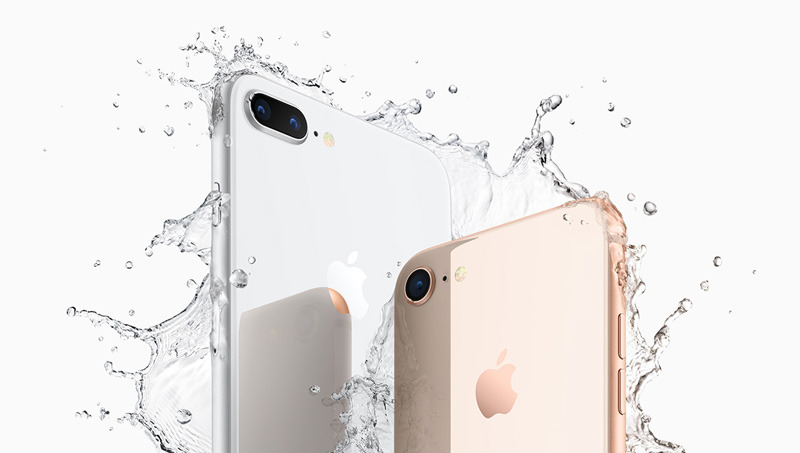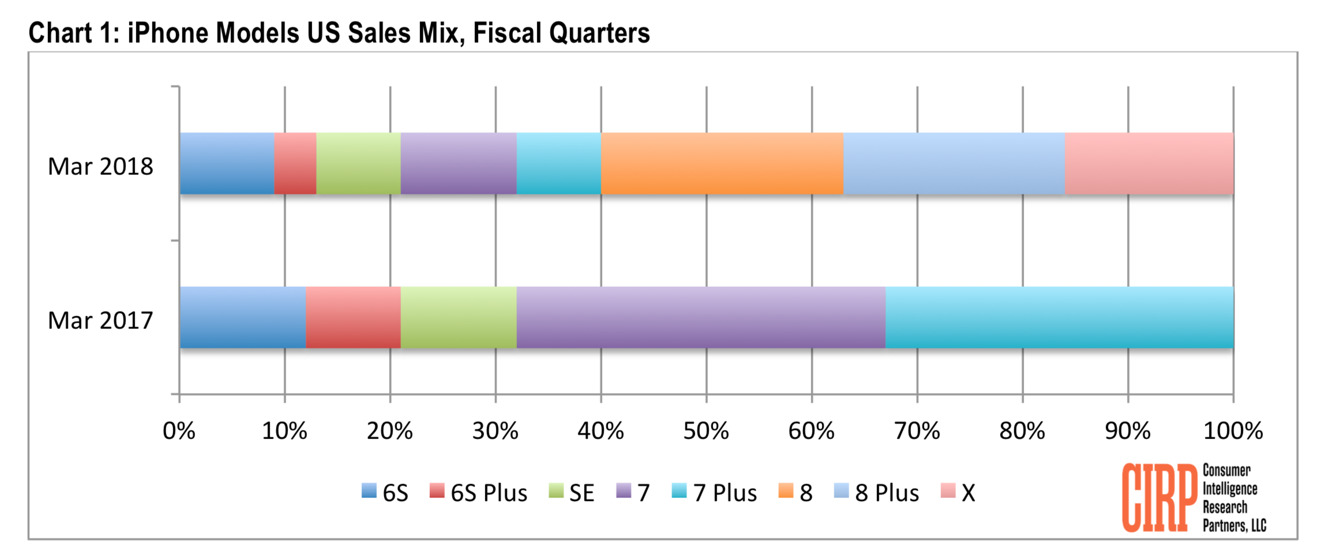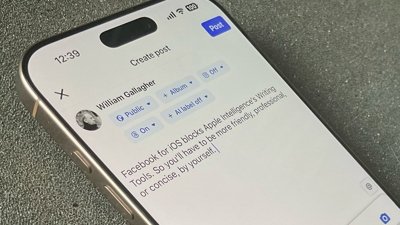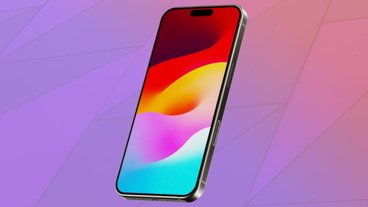Together the iPhone 8 and iPhone 8 Plus amounted to 44 percent of U.S. iPhone sales in the March quarter, and even individually beat out the iPhone X — but Apple's historical performance versus what the survey company has said in the past about sales casts a pallor on the data.
The $699 iPhone 8 took home 23 percent of sales, while the $799 8 Plus managed 21 percent, said Consumer Intelligence Research Partners. The $999 iPhone X allegedly managed just 16 percent, despite flagship features like an edge-to-edge OLED screen and Face ID.
"We now have a full quarter of results for all of Apple's new iPhones," wrote CIRP co-founder Josh Lowitz. "Together they account for a smaller share of total sales than the newest phones did this time last year."
In the December quarter CIRP still ranked the iPhone 8 family of devices about the iPhone X, and had the iPhone 8 outselling the iPhone X individually. But, that wasn't correct, according to Apple CEO Tim Cook.
In February, Cook said that the iPhone X had been the best-selling iPhone every week since its November launch, through the December quarter, and all the way up to the day of the quarterly earnings announcement on Feb. 1. Those statements pointed to worldwide performance though, not just the U.S.
CIRP said that sales of the iPhone 6s and iPhone 7 remained relatively strong, and that the iPhone SE rose quarter-over-quarter to 8 percent.
A "weighted" average retail price for iPhones, described as a "proxy" of Apple's average selling price that it reports quarterly, slid from $766 to $746. Apple's actual average selling price for the holiday quarter was $796, and the metric historically drops in the first calendar quarter of the year. so a predicted decline isn't a big surprise.
"With eight models available, and the newest ones costing close to $1,000, consumers appear to want older, cheaper models that have many of the same features," argued another CIRP co-founder, Mike Levin.
CIRP based its findings on its survey of 500 U.S.-based Apple customers that purchased an iPhone, iPad, or Mac between January 1 and March 31, 2018.
 Roger Fingas
Roger Fingas



-m.jpg)






 William Gallagher
William Gallagher

 Andrew O'Hara
Andrew O'Hara
 Wesley Hilliard
Wesley Hilliard

 Malcolm Owen
Malcolm Owen
 Marko Zivkovic
Marko Zivkovic




-m.jpg)




42 Comments
Not surprising. Those that wanted an iPhone X typically had the disposable income to get one as soon as possible. They also know the new models will be out in less than six months and the exclusivity of the original X will be replaced by whatever Apple announces in September. The iPhone 8 series has multiple sales offers and is a much more economical alternative for those consumers that just want a new iPhone and aren't concerned with the luxury cachet of the X. You can get two 8s for less than the price of one X at some retailers.
The true Apple fans can say what they want, but overall we are a very small minority of consumers. The sales of the luxury model are going to be heavily stacked toward the beginning of the product's life cycle as the ones that want one typically want one right away. With the rumors of a $600 6.1" LCD device as well as a possible $100 price cut to the next version of the X the smart money is staying on the sidelines until this fall.
I too think this report is correct. Apple were hedging their bets with the two new models this cycle, and I don't think that internally they expected anything less than what is happening.
I bought an iPhoneX last week to replacing my aged-out iP6+. I considered the red iPhone8, and the top of the line iP8 and iPX was a $200 difference which (to me) was not that much. It took me almost an hour at an Apple store going back and forth between the two.
Duh! Almost by definition, lower priced models of anything will sell more units than higher priced models. The surprise would be if they didn't.
Which sells more units? A high level Toyota Camry or a Lexus? A Sony A8F 65" OLED TV at $3800 list or a Sony X850F at $1800? A Hershey's chocolate bar at $1 a bar or some hand made chocolate at $30 a pound? Etc.
This just in!
Cheaper model sells more!